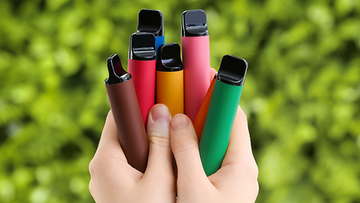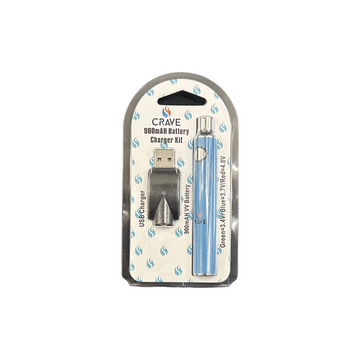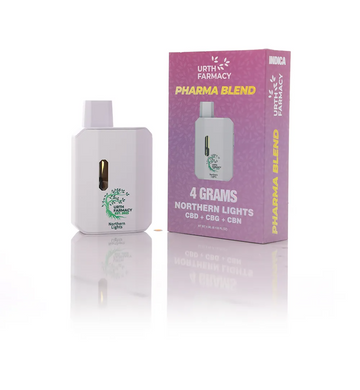
Vaping has quickly become an attractive alternative to smoking in modern lifestyle choices, sparking conversations about health and wellness while raising queries regarding its caloric content. We must now explore how many calories in a vape to discover the truth behind it!
Shop Now: kik kalibloom
Decoding Vaping Components
Vaping's fundamental mechanisms must be fully comprehended for us to fully appreciate its caloric impacts. Vaping involves inhaling or exhaling an aerosol produced by electronic cigarettes or similar devices, usually by heating e-juice (vape juice) which typically contains propylene glycol or vegetable glycerin as its base, with additional flavoring agents if necessary.
Understanding Caloric Contributions
Propylene glycol and vegetable glycerin are the primary ingredients found in vape juices, yet do they carry significant caloric weight? How many calories in a vape we take a closer look:
It contains four calories per gram; however, due to vaping's minimal use and inhaling vapable forms of this compound, its caloric impact is negligible.
Vegetable Glycerin (VG): Comparable to its counterpart PG, vegetable glycerin contains 4.32 Calories per Gram but due to vaping its intake is minimal compared with that from food sources and thus only contributes marginally towards overall caloric consumption.
Flavorings: Flavorings can enhance your vaping experience but their caloric impact is minimal; typically added in small doses that have minimal influence over overall caloric consumption.
Nicotine: As one of the main components in vape juice, nicotine often attracts controversy for health concerns; however, when considered calorically nicotine contributes surprisingly little - approximately 1 calorie for every 10 milligrams consumed.
Navigating Caloric Conundrum
Given the miniscule caloric content of vaping components, counting calories may seem futile. Instead, one should look beyond calories when considering vaping; there may also be serious health concerns related to inhaling aerosol containing nicotine or chemicals such as formaldehyde.
Examining Broader Implications
Vaping may have minimal caloric impacts, yet its health repercussions cannot be overlooked. Although often touted as a healthier alternative to smoking, vaping does carry risks that should not be underestimated; especially among non-smokers or young people who start vaping habits for themselves. Long-term studies into its long-term impacts remain ongoing while concerns regarding vaping continue to mount.
Explore More: Ripple Vape
Conclusion
How many calories in a vape? It may seem less realistic when applied to vaping due to the minimal caloric content of vaping products, making their consumption inconsequential in relation to overall diet intake. Nonetheless, health considerations associated with vaping point toward its importance of being chosen carefully and used responsibly.
Though vape calories may seem negligible, in order to achieve health and well-being we require taking a holistic approach that goes beyond numbers alone. When making lifestyle decisions let's strive for clarity, informed choices, and holistic wellbeing in mind.




